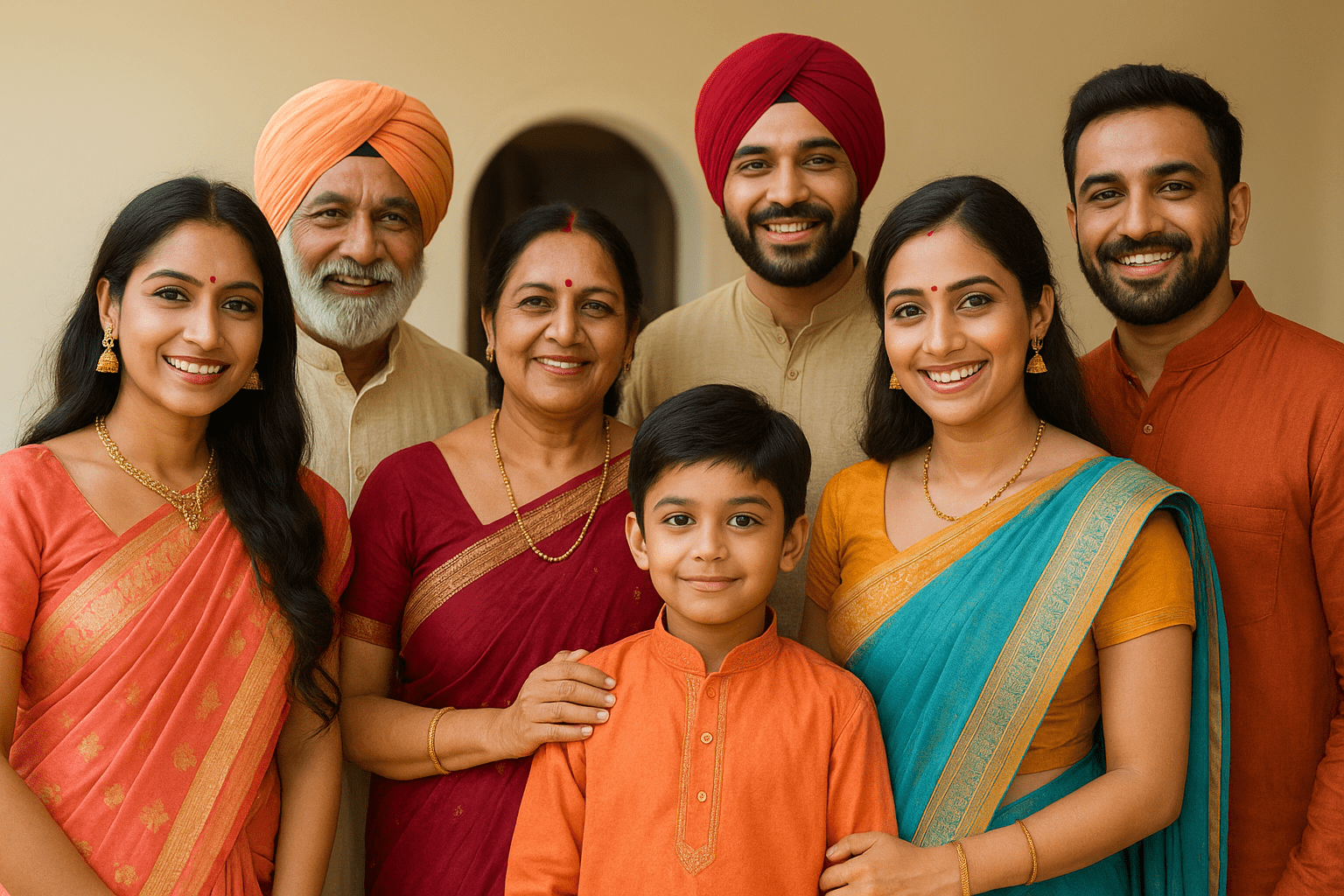
A Royal Affair: Exploring Rajasthani Wedding Traditions Full of Grandeur and Grace

A Royal Affair: Exploring Rajasthani Wedding Traditions Full of Grandeur and Grace
Rajasthan, the land of kings, paints a regal picture when it comes to weddings. From opulent palaces to age-old customs rooted in valor and heritage, Rajasthani weddings are known for their splendor, vibrant colors, and deeply rooted traditions. Whether you’re mesmerized by the attire or enchanted by the rituals, these ceremonies offer a glimpse into India’s royal past.
The Charm of Rajasthani Pre-Wedding Rituals
Rajasthani weddings begin long before the main ceremony, with a cascade of traditional pre-wedding events that involve both families.
- Tikka Ceremony: The groom’s family visits the bride’s house to apply a saffron mark (tikka) on his forehead, symbolizing the formalization of the alliance.
- Ganpati Sthapana and Griha Shanti: These are performed to seek divine blessings and ensure a smooth, blessed wedding.
- Pithi Dastoor: The bride and groom are applied turmeric and sandalwood paste by family members, believed to enhance their beauty and purify their souls.
These rituals bring together extended families in beautifully coordinated outfits, celebrating tradition with song, dance, and laughter. Check out our guide to traditional Indian pre-wedding rituals for more insights.
Vibrant Bridal Attire and Groom’s Regal Fashion
One glance at a Rajasthani bride, and you’ll understand the power of attire in this cultural tapestry. Brides adorn themselves in rich lehenga cholis—often in tones of crimson, maroon, or vibrant orange—paired with heavy Kundan or Thewa jewelry.
The groom typically wears a traditional sherwani with an elaborate safa (turban) and jodhpuri juttis. The sword, or talwar, isn’t just an accessory—it is symbolic of Rajput honor and courage.
Want to explore more bridal inspirations? Browse through our Rajasthani bridal wear recommendations curated for modern brides with a traditional twist.
Main Wedding Ceremony: A Grand Rajputana Affair
The wedding day, known as the Phera day, is filled with majestic customs:
- Baraat Procession: The groom arrives on a decorated horse or sometimes an elephant, with a grand sword dance (Talwar Raas) and fireworks. The sound of Shehnai adds an ethereal charm.
- Jaimala: The bride and groom exchange floral garlands in a celebration of mutual respect and acceptance.
- Pheras: The seven sacred rounds around the fire symbolize different vows of marriage, just like in Hindu wedding traditions.
- Sindoor and Mangalsutra: The groom applies vermillion in the bride’s parting hairline and ties the sacred mangalsutra, marking marital status and blessings.
It’s not uncommon for couples to tie the knot in historical palaces like Udaipur or Jaipur, combining tradition with breathtaking landscapes. Read more about destination weddings in India’s royal states.
Music and Dance: Echoes of Rajasthani Soul
No Rajasthani wedding is complete without the rhythmic beats of folk music and dance:
- Ghoomar and Kalbeliya: Women perform these mesmerising dances in swirling lehengas to folk tunes played on sarangi and dholak.
- Bhavai and Chari dances: These traditional folk performances portray tales of valor and love, often performed at Sangeet or Mehendi nights.
If you want your celebrations to resonate with culture, consider incorporating Rajasthani music and dance performances into your events.
Food & Feast: A Royal Rajasthani Spread
The lavish Rajasthani wedding menu is a culinary delight that showcases the state’s love for bold flavors and traditional cooking methods.
- Dal Baati Churma: A quintessential Rajasthani dish symbolizing royalty and warmth.
- Ker Sangri and Gatte ki Sabzi: Unique delicacies made with desert vegetables and gram flour-based dumplings.
- Laal Maas: A fiery, traditional mutton curry that adds spice to the feast.
- Mawa Kachori and Ghewar: Popular desserts that leave guests asking for more.
Many families also incorporate vegetarian Indian wedding menus with a Rajasthani twist.
Post-Wedding Traditions: Welcoming the Bride
After the wedding, the bride is warmly welcomed into her new home through heartfelt customs:
- Pagelagni: The bride seeks the blessings of elders by touching their feet.
- Mooh Dikhai: A ceremony where the bride is introduced to her new family members, receiving gifts and blessings.
These rituals emphasize respect, transition, and the familial harmony that Indian marriages are celebrated for. Learn more about post-wedding customs in Indian weddings.
Final Thoughts: Where Royalty Meets Romance
Filled with grandeur, faith, and love, a Rajasthani wedding is not just a union of two souls; it’s a convergence of ancestral heritage and modern love. If you’re inspired by timeless traditions and regal flair, Rajasthan might just be the perfect backdrop for your forever story.
Find your perfect match today with us and walk into your own royal celebration.
